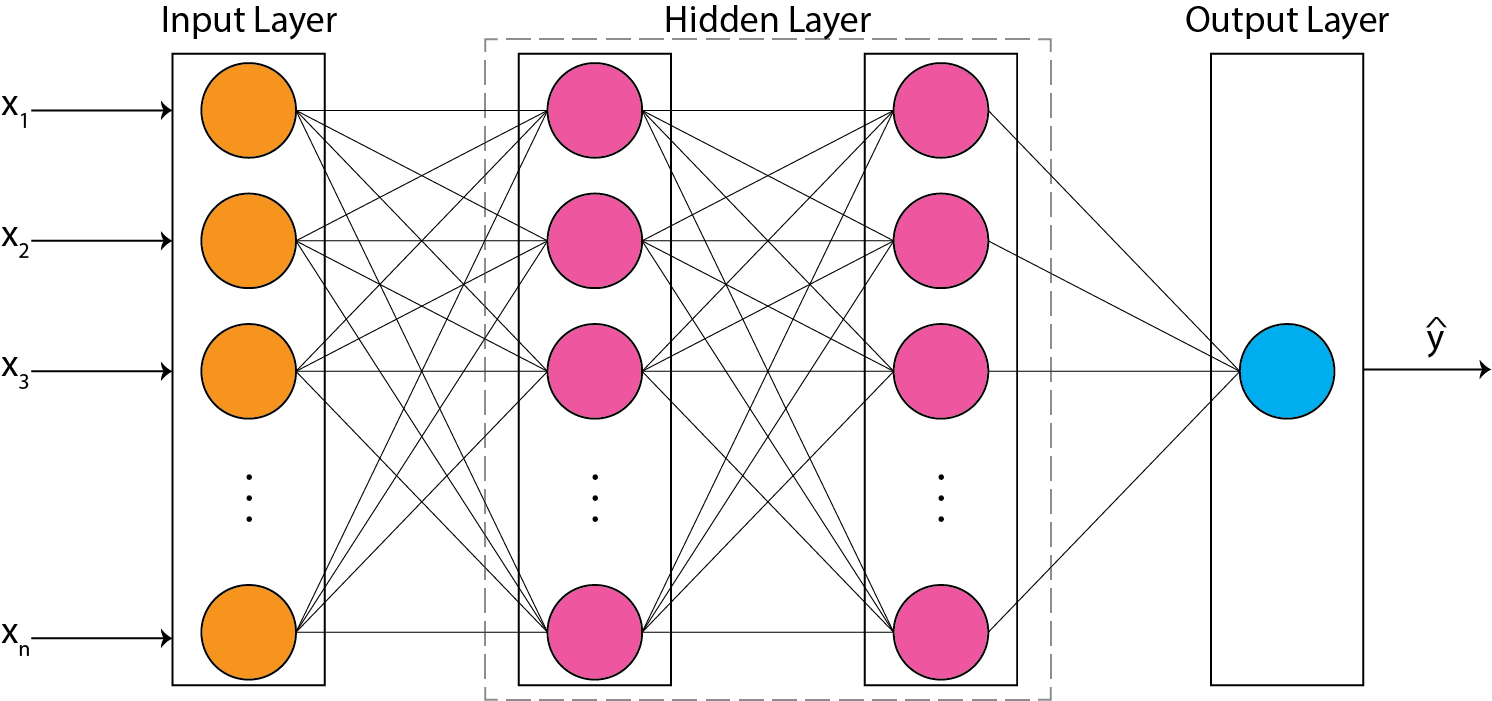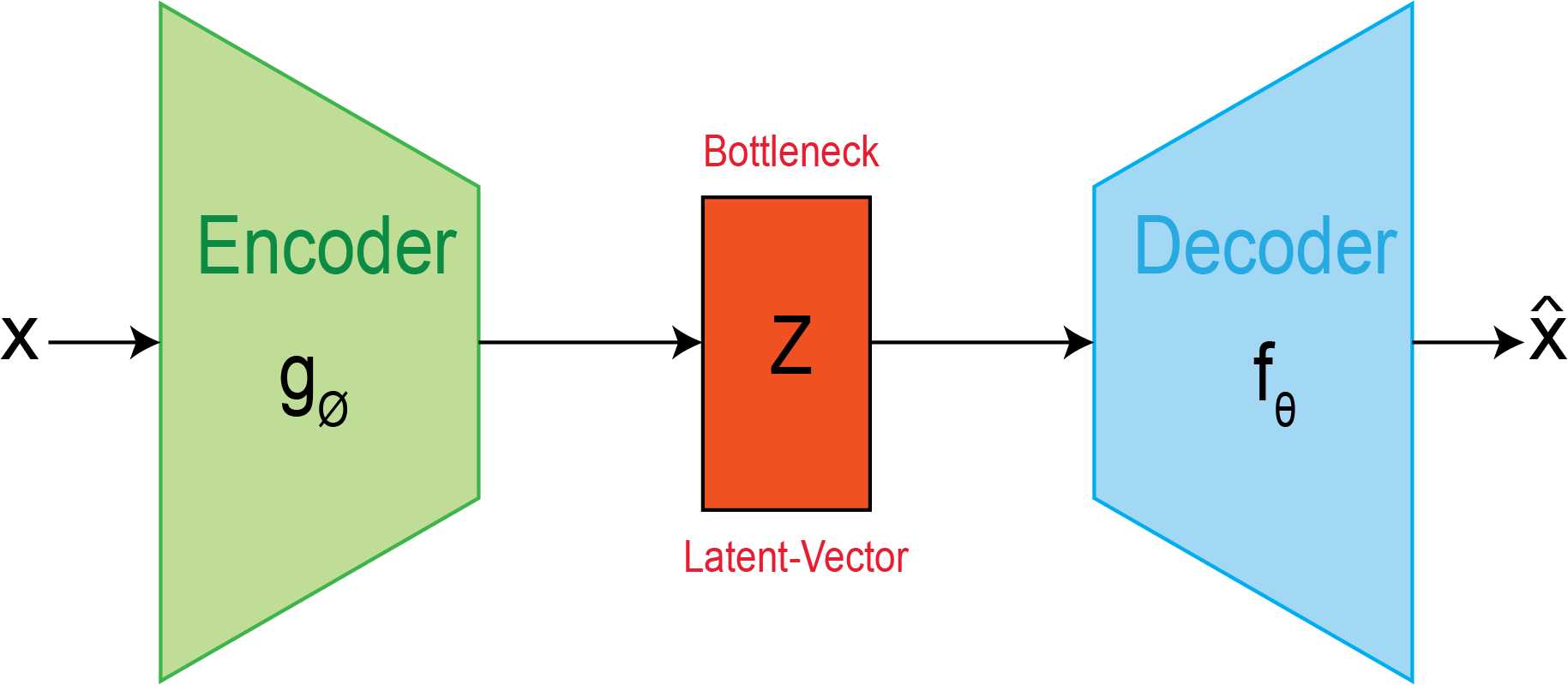The landslide could be predicted via machine learning models. Different weather and soil parameters could trigger the landslide. Based on the historical data, the machine learning models could find the pattern in the landslide movements. We have developed different machine learning models to predict the landslide movement.
Landslide Prediction
Machine Learning Model
We have developed various machine learning models. The input to the model is weather and movement data of a landslide, and the output is the prediction of movement for the next timestamp. The developed models are the followings:
- Autoregression (AR)
- Seasonal Autoregressive Integrated Moving Average (SARIMA)
- Random Forest (RF)
- Locally Weighted Learner (LWL)
- K-Nearest Neighbour (K-NN)
- Information-gain methods (REPTree and M5P)
- Support Vector Regression (SVR) or Sequential Minimal Optimization (SMO)
- An artificial neural network such as Multilayer Perceptron (MLP)
- Recurrent Neural Network (LSTM)


Current Research
The dimension of the weather and movement data is very high. The high dimensional data could overfit or underfit the machine learning models. We are developing the Autoencoder model to reduce the dimension of the data. The autoencoder removes the noise from the data and learns a better representation of the data. Currently, I am developing the under-complete, overcomplete, LSTM-Autoencoder, and Prediction-Autoencoder.
The movement in the landslide is a rare event, so as a result, we could not get more movement points in the data. This shows the class-imbalance problem in the dataset. The Generative Adversarial Network (GAN) could be developed to generate more movement points from the distribution parameters found by Generator. Currently, I am developing the GAN model for Time series data generation for the landslide.
